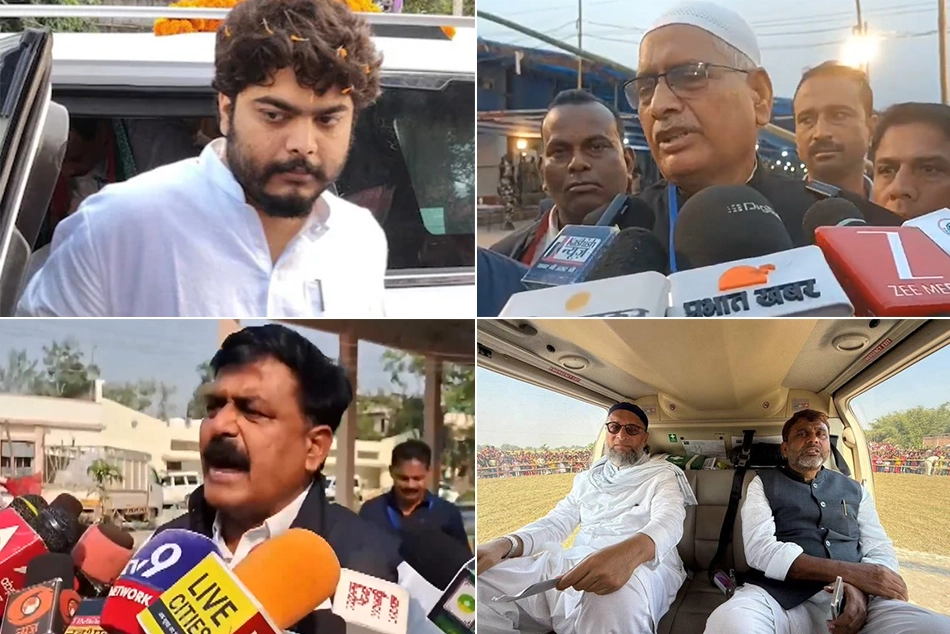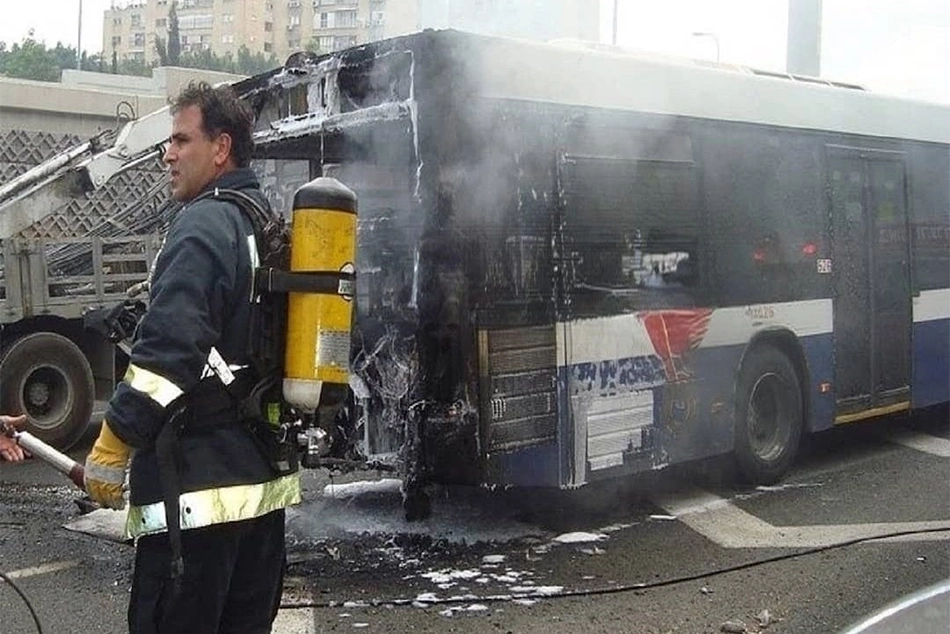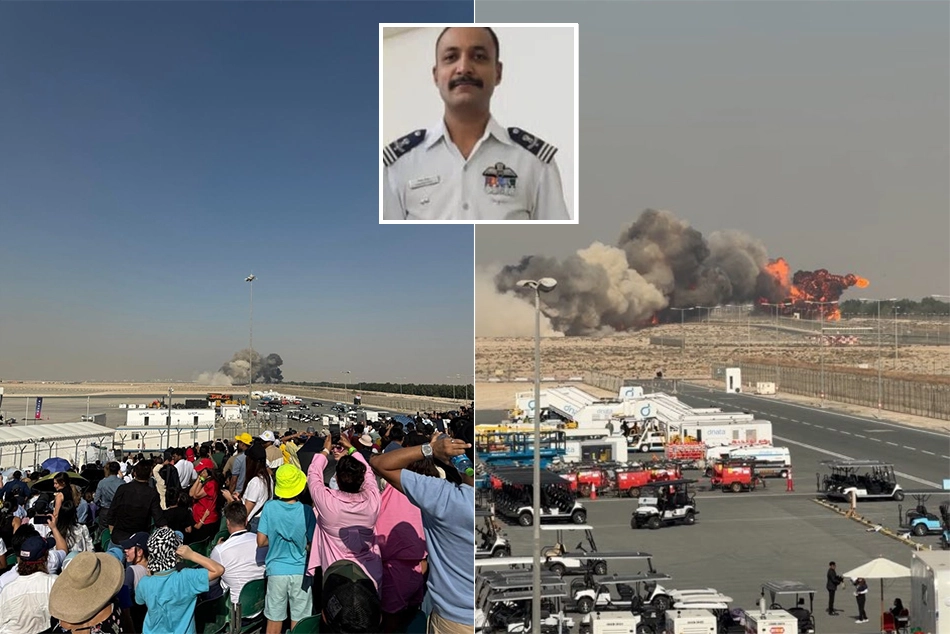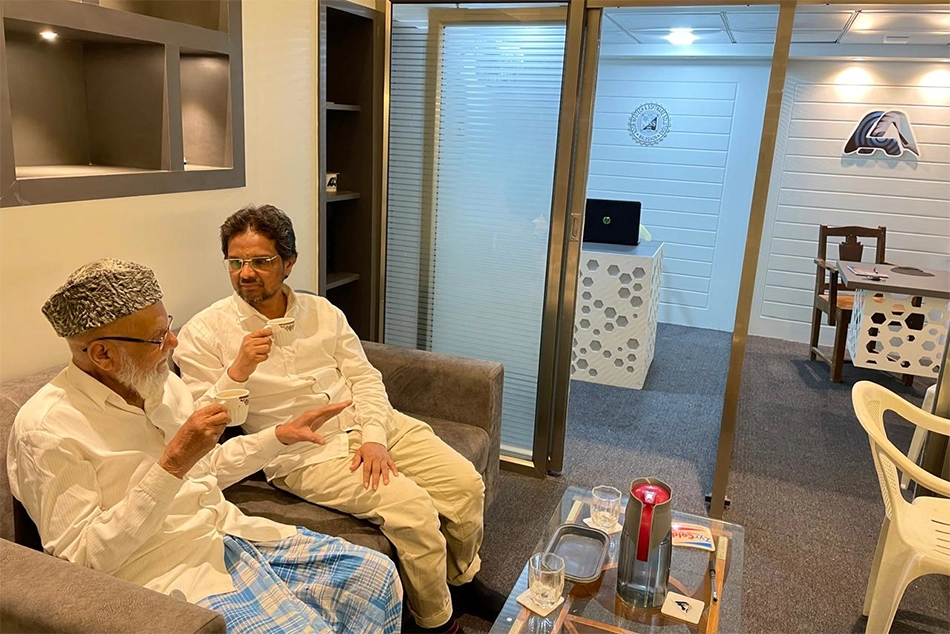
Explained: Why Panjab University Students Protest Matters
Given the cultural temperament of the Punjab region, it is no surprise that the protest is collective sense of purpose to save the democratic essence of an academic institution comes from Panjab University students
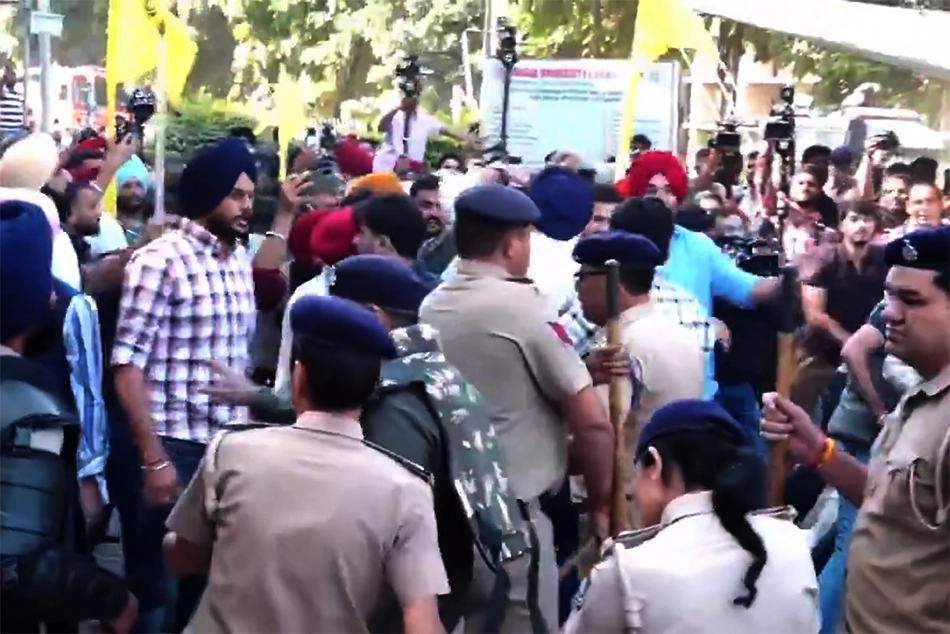
Whenever a student movement erupts on a university campus, two other things also appear at the same time. One is idealism, dedication and youthful energy of the students; and the other is administrative apathy and repression. Much of these two things are visible in the ongoing student protest in the Panjab University campus.
It all began after the October 28th, 2025 notification of the central government restructuring the primary governing body of the university i.e. senate and syndicate, and thus endangering the democratic set-up of a governing body.
The October 28th central government notification acted like the last straw on the camel’s back, and a massive student protest erupted on the campus.
Prior to this, there were protests on the campus against an ‘Affidavit’ which university administration claimed was for the purpose of maintaining discipline on the campus, but in actuality the students were being asked to forfeit their right to free expression by signing the affidavit which said they could protest only with permission of university administration.
Due to consistent protests by the students the said affidavit was withdrawn. The moment this affidavit was withdrawn by the university administration, the notification restructuring the senate was put forward by the central government.
The importance of the senate as a governing body of the university cannot be highlighted enough. All major administrative university decisions like academic curriculum, academic recruitments etc. have to pass through the senate. Once the democratic structure of the senate is gone, the autonomy of the university is jeopardized.
This action by the government can also be seen in the light of centralization of an educational institution. Panjab University has a colorful and eventful history. It was set-up in 1882, in Lahore, the capital of Punjab province during colonial rule.
Post independence, Panjab University was relocated to Chandigarh, the new capital of the Punjab State of independent India. In 1966, the reorganization of the Punjab State sowed the seeds of administrative discourse seen today in Panjab University.
At present, only colleges of Punjab are affiliated to the Panjab University and the funding is done partly by the state government of Punjab, central government, and by the university itself through student fees etc.
Also, the continuous claim of the state of Haryana on the university chiefly for political gains, which otherwise has no share in funding or college affiliation, keeps tensions high.
All said and done, how this student movement, carried under the banner of ‘Panjab University Bachao Morcha’, which literally translates to ‘Save Panjab University Protest’, will progress only time will tell.
In the wake of the November 10th, call for massive protest by the students, the said notification was scrapped by the government. Seeing scrapping of notification as a delaying tactic, as no schedule was announced for impending senate elections, the students did not call off the November10th protest.
If the popular support that the November 10th call for massive protest by ‘Panjab University Bachao Morcha’ garnered, when thousands of people from different spheres of life descended on the university campus, despite massive barricading and policing by the administration, is any indication then the Panjab university student protest is going to be ongoing feature of the campus for time to come.
Why it Matters?
Democracy is on the decline throughout the world. Nowadays the pathways of attack on democracy take the shape of repression of civil liberties and curtailing freedom of expression. Somehow universities are at the center of this democratic backsliding in many countries, among others it can be seen in the United States, Türkiye, Hungary and India is no exception.
The attack on universities is twofold. Besides attacks on free expression, there is a continuous endeavor to diminish scientific temper in universities by reducing or blocking grants and other autocratic measures. There are a number of reasons that make universities a threat to populist governments.
More importantly, because they provide liberal arts education which encourages people to think critically. Historically, a number of social movements are about students mobilizing in different ways to bring about fundamental changes in society. It is a socio-culturally observed phenomena that when some are ready to take the heat it gives back bone to others too and many times such student movements have cascading effects.The Panjab University Student protest should be seen in this light. The other thing that makes this protest unique is that it has touched a chord beyond the campus walls. No social movement can survive for long without collective support.
The continuous flow of langar and support from farm organizations and other civil society groups shows the popular support students have.
Given the cultural temperament of the Punjab region, it is no surprise that this collective sense of purpose to save the democratic essence of an academic institution comes from Panjab University students.
[The writer, Livneet Shergill, is PhD in Economics. She works as an Independent Researcher and Freelance Writer. Contact Email- livneetshergill@gmail.com.]
Follow ummid.com WhatsApp Channel for all the latest updates.
Select Language to Translate in Urdu, Hindi, Marathi or Arabic
